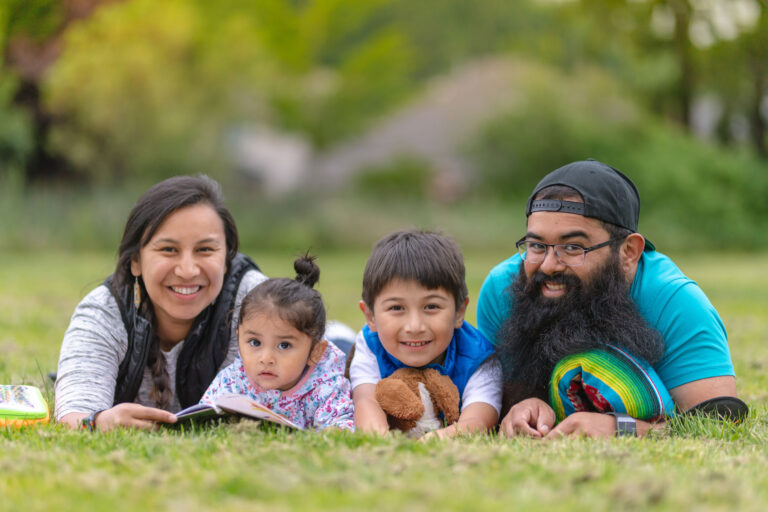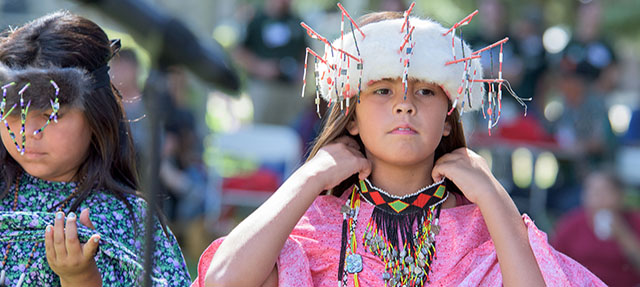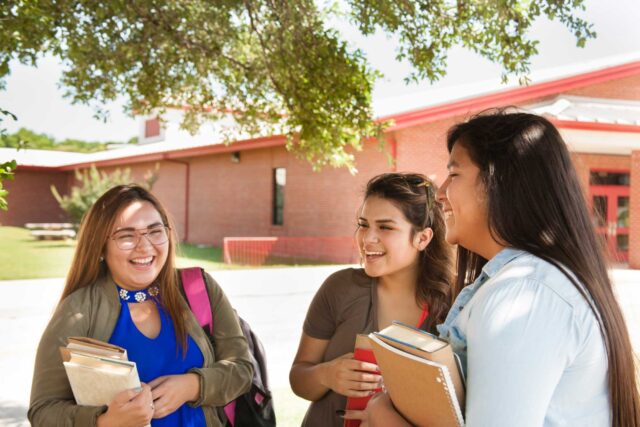November is Native American Heritage Month, which celebrates the long and rich history of the nation’s native communities. When Europeans arrived in the late 18th century, California’s native population was close to 300,000 people. But the population then plummeted over the 19th century through a combination of deliberate violence at the hands of white settlers and the spread of foreign illnesses. By the early 20th century, the native population was a tiny fraction of what it had been.
Partly as a result of this history, California’s native community is the smallest among all major racial and ethnic groups, with just 1.3% of Californians identifying as Native American alone or in combination with some other race. (This category includes native Alaskans but excludes native Hawaiians.) And while prior to European settlement, California’s native population amounted to as much as 13% of the entire indigenous population of North America, it is now disproportionately small compared to many other US states. Several states west of the Mississippi have native communities substantially larger than 5% of their populations.
Migration, intermarriage, and forced adoptions into non-native families have contributed to unusually complex racial and ethnic identities in California’s native community. In the latest census, fully 70% of Native Americans also identify with another race. This “in combination” rate far exceeds other racial groups like African Americans (16%), non-Hispanic whites (9%), or Asian Americans and Pacific Islanders (13%). While the California Department of Finance estimates that the state’s native population has grown over the last few decades, a substantial portion of that growth falls in this multi-racial category.
Latino Californians further complicate this picture, since descendants of Mexican tribes as well as Central and South American tribes are occasionally defined as Native American in the census. If such Latino Native Americans are included, the multi-racial, multi-ethnic share of the Native American population reaches close to 90%. Excluding Latinos, the vast majority of native “in combination” Californians identify as native and white (88%), while far fewer combine Native American and African American (19%), or Native American and Asian American/Pacific Islander (10%).
Socioeconomic outcomes for Native Americans are comparatively low, and have not improved much over time. Outcomes fall close to those for Latinos and African Americans, and generally well below those for non-Hispanic whites or Asian Americans and Pacific Islanders. Roughly a third of Native Americans have incomes below 200% of the poverty line. That said, Native Americans “in combination” have higher college graduation rates and income, and lower poverty rates, than those who identify as Native American alone. All Native Americans have relatively high home ownership rates, and among the highest rates of citizenship of any racial or ethnic group.
The native people of California have lived in the state for tens of thousands of years and today represent a vibrant part of the California community. But the legacy of persecution and exploitation has taken its toll on the community’s numbers and well-being. While California has made efforts to support and partner with local tribes, more work remains to elevate the native community and help make amends for historic wrongs.




